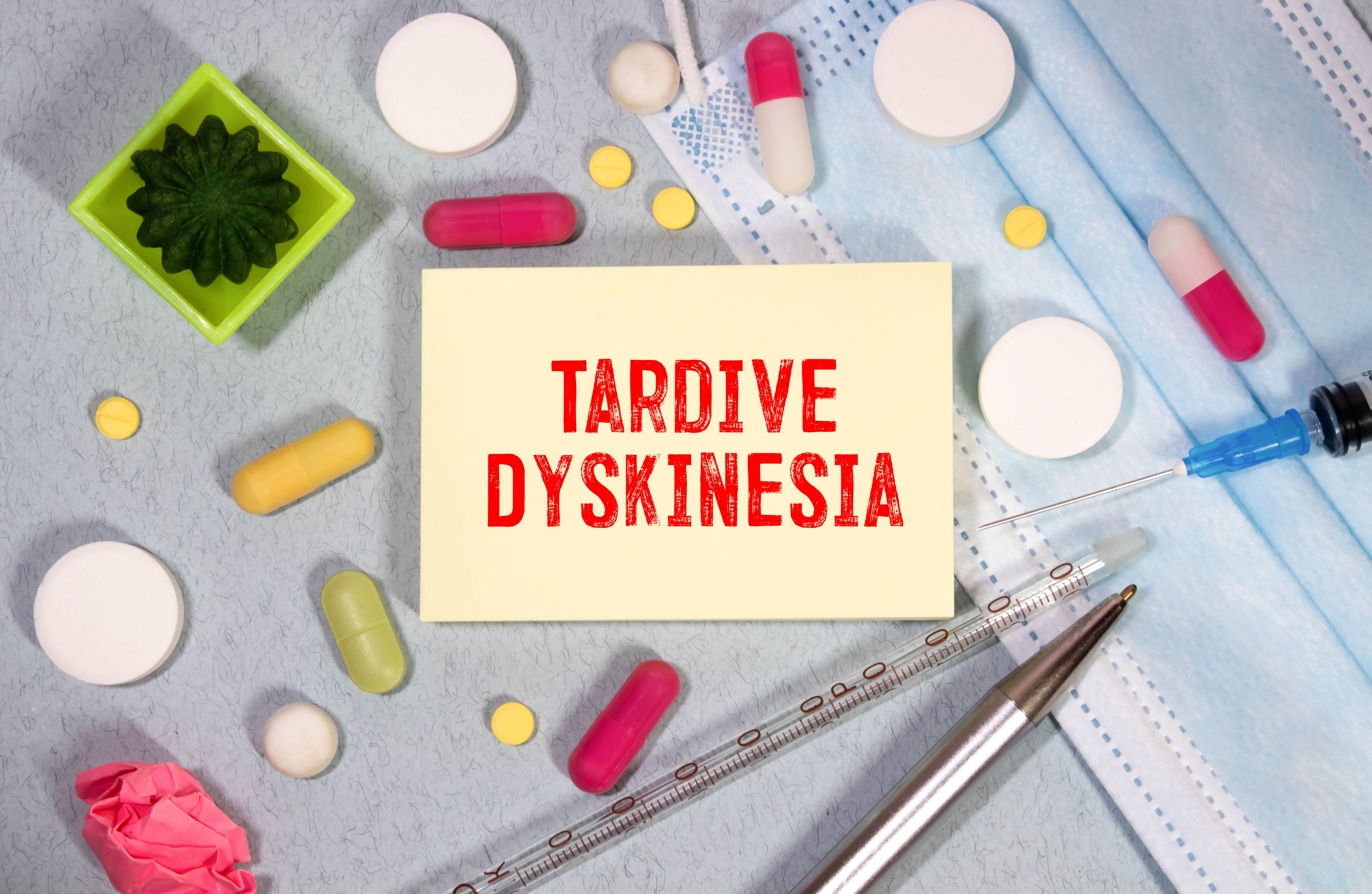News
Article
Neurocrine Biosciences Announces Collaboration With Participants of Tardive Dyskinesia Awareness Week
Author(s):
New research on tardive dyskinesia has also been featured at the 2024 APA Annual Meeting.
Uladzislau_AdobeStock

In recognition of Tardive Dyskinesia (TD) Awareness Week (May 5 to May 11, 2024), Neurocrine Biosciences, Inc, has announced a collaboration with participants of TD Awareness Week to implement initiatives across the country aimed at reducing stigma, enhancing recognition, and promoting routine screenings, diagnosis, and awareness of appropriate TD treatment.1
For 7 years, TD Awareness Week has united mental health advocacy groups and states nationwide to acknowledge the estimated 600,000 individuals in the United States living with TD, coinciding with Mental Health Awareness Month.1
“The majority of people living with TD remain undiagnosed, reinforcing the importance of proactive recognition and treatment of the condition,” said Eiry W. Roberts, MD, chief medical officer at Neurocrine Biosciences, in a press release. “We are committed to partnering with all stakeholders during TD Awareness Week and beyond to advocate for routine screenings for patients at risk for TD.”
Neurocrine Biosciences, in collaboration with the Meadows Mental Health Policy Institute, also recently published a report2 highlighting the importance of measurement-based care for individuals with serious mental illnesses (SMIs) treated with antipsychotics. Following are some key findings from the report2:
- Electronic health systems face significant obstacles in facilitating data integration and enabling real-time, informed decision-making, hindering the utilization of measurement-based care for optimizing and coordinating care.
- Although there are benefits to implementing measurement-based care, its adoption may entail increased time, effort, and expenses. Therefore, incorporating it effectively into clinical workflows requires clear protocols and meticulous change management.
- Inadequate reimbursement and financial incentives pose challenges in motivating clinicians and health systems to invest in measurement-based care.
- Disparities in access to care for individuals with SMI stem from various factors, including lack of health insurance, high cost of care, distrust of the mental health system, discrimination, stigma, limited services, and insufficient awareness of symptoms.
Measurement-based care involves using validated rating scales to assess treatment effectiveness systematically, enabling adjustments as needed to enhance outcomes. For TD, measurement-based care offers an effective means of early detection and ongoing monitoring to develop and adjust treatment plans for patients, thereby improving outcomes.1,2
“TD Awareness Week increases dialogue around the physical, social, and emotional consequences the uncontrollable movements of TD can have on individuals who are trying to manage their mental health,” said Josie Cooper, executive director of the Movement Disorders Policy Coalition, in a news release. “It is important that we continue to work together to acknowledge and increase support for people living with TD and to ensure they receive the diagnosis and care they deserve.”
The prevalence of TD in antipsychotic users in the United States was also recently highlighted in a study presented at the 2024 American Psychiatric Association (APA) Annual Meeting.3 Utilizing data from the IBM MarketScan© commercial insurance database and the Centers for Medicare & Medicaid Services, the study investigators identified more than 5 million antipsychotic users meeting inclusion criteria. Among these users, TD prevalence rates ranged from 94.1 to 127.4 per 1000 individuals across different health care plans.3
Previous research has also highlighted TD risks associated with antipsychotic use, with higher rates observed in those using first-generation antipsychotics compared with second-generation ones. This study underscores the importance of understanding and addressing the significant prevalence of TD as an adverse effect of antipsychotic medication.3
Are you interested in tardive dyskinesia research? Let us know at PTEditor@MMHGroup.com! And follow our coverage on the 2024 APA Annual Meeting featuring updates on TD and more psychiatric disorders and issues at https://www.psychiatrictimes.com/conferences/apa.
References
1. Neurocrine Biosciences supports Tardive Dyskinesia Awareness Week by advocating for routine screening and monitoring. PR Newswire. News release. May 6, 2024. Accessed May 6, 2024. https://www.prnewswire.com/news-releases/neurocrine-biosciences-supports-tardive-dyskinesia-awareness-week-by-advocating-for-routine-screening-and-monitoring-302135994.html
2. Increasing measurement-based assessment and care for people with serious mental illnesses. Meadows Mental Health Policy Institute. Accessed May 6, 2024. https://mmhpi.org/project/increasing-measurement-based-assessment-and-care-for-people-with-serious-mental-illness/
3. Kuntz L. Tardive dyskinesia in US antipsychotic users. Psychiatric Times. May 6, 2024. Accessed May 6, 2024. https://www.psychiatrictimes.com/view/tardive-dyskinesia-in-us-antipsychotic-users
Newsletter
Receive trusted psychiatric news, expert analysis, and clinical insights — subscribe today to support your practice and your patients.





